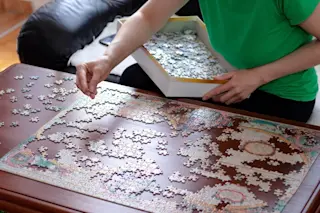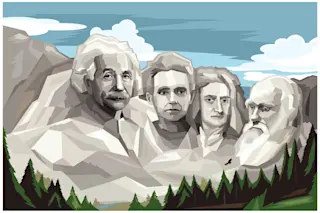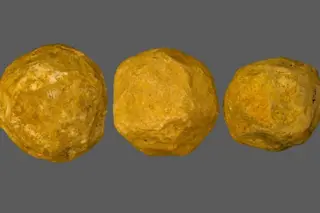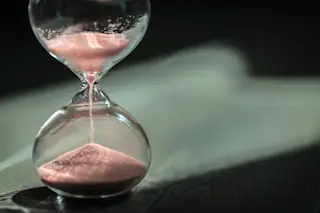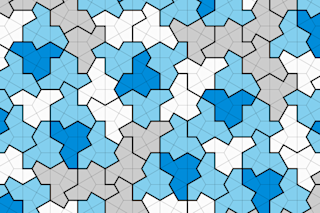In 1949, when Life magazine asked if Jackson Pollock was "the greatest living painter in the United States," the resulting outcry voiced nearly half a century of popular frustration with abstract art. Some said their splatter boards were better than Pollock's work. Others said that a trained chimpanzee could do just as well. A Pollock painting, one critic complained, is like "a mop of tangled hair I have an irresistible urge to comb out." Yet Pollock's reputation has outlived his detractors. A retrospective of his work several years ago at the Museum of Modern Art in New York City drew lines around the block, and an award-winning film of his life and art was released at the end of 2000. Apparently "Jack the Dripper" captured some aesthetic dimension—some abiding logic in human perception—beyond the scope of his critics. That logic, says physicist and art historian Richard Taylor, lies not in ...
Pollock's Fractals
That isn't just a lot of splattered paint on those canvases, it's good mathematics
More on Discover
Stay Curious
SubscribeTo The Magazine
Save up to 40% off the cover price when you subscribe to Discover magazine.
Subscribe






